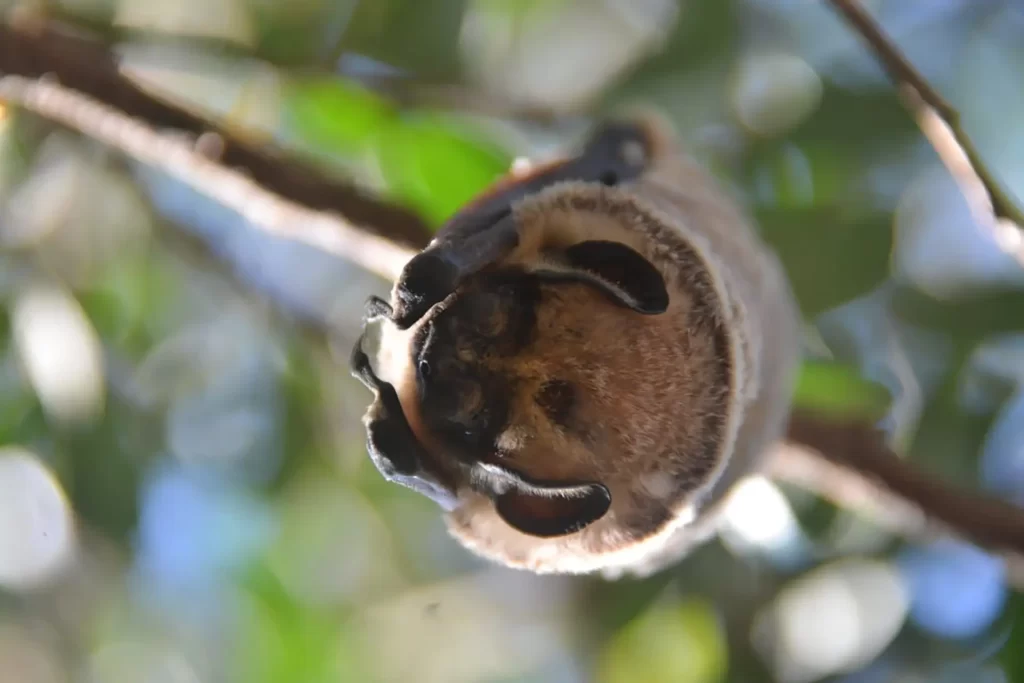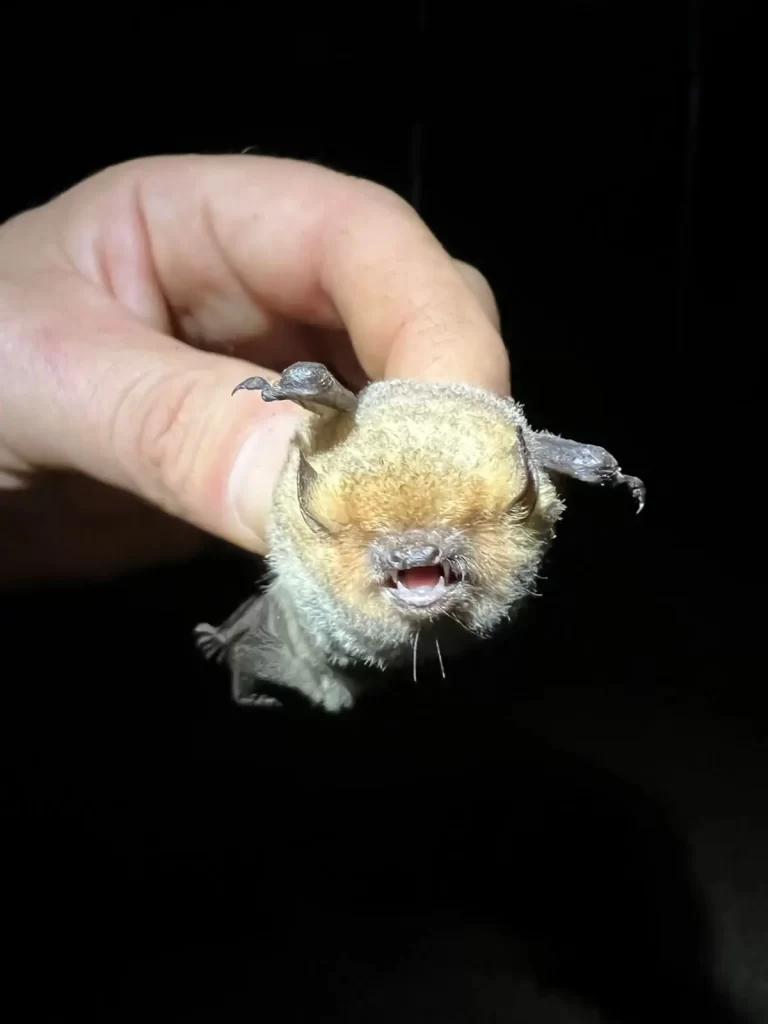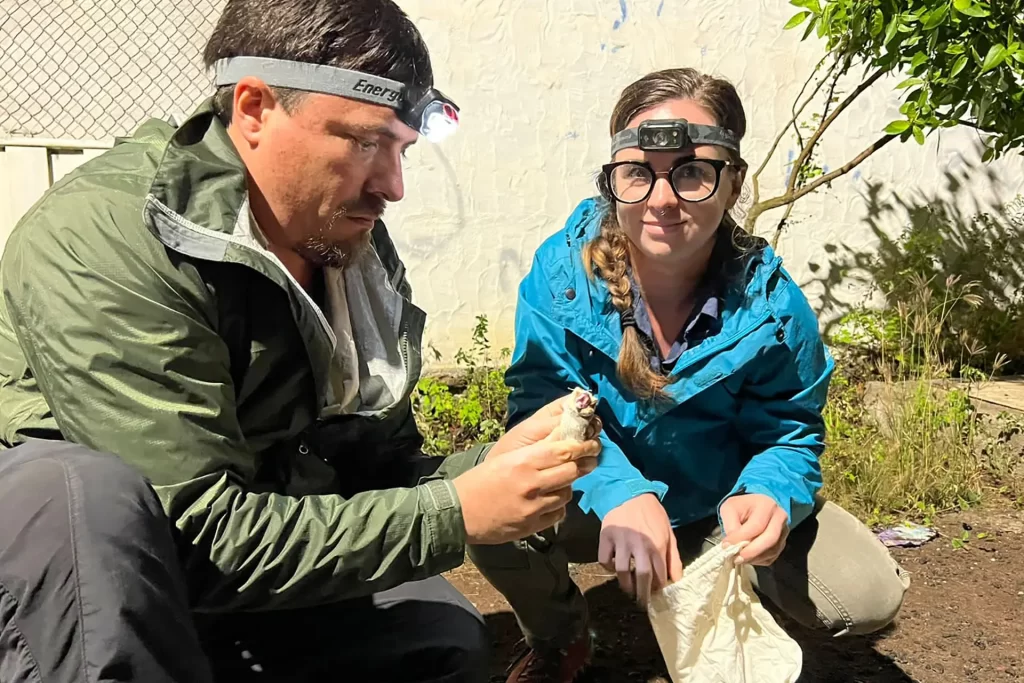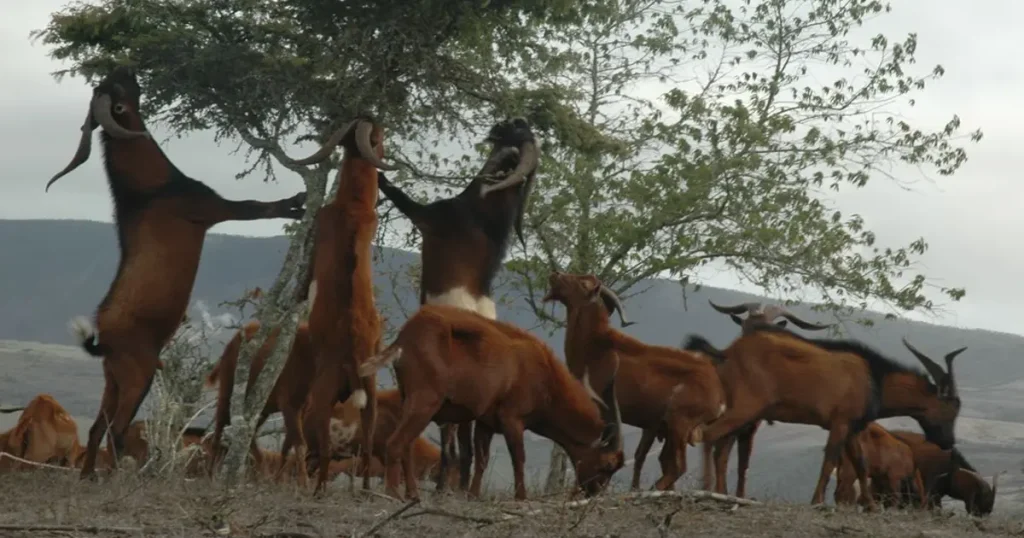Unraveling the Mysteries of Galápagos Bats

The Galápagos archipelago’s unique biodiversity still holds secrets waiting to be discovered especially within the intriguing nocturnal life of many of its island ecosystems. Two bat species, the red bat (Lasiurus blossevillii brachyotis) and the gray bat (Aeorestes villosissimus), stand out, about which there are many unanswered questions. Are these populations of these bats in Galapagos truly distinct? Do they fly between the islands? Additionally, we don’t know such basic things such as their preferred habitats including their daytime roosts.
Fortunately, a collaborative research project between the Galápagos National Park Directorate, the Universidad Particular de Loja (UTPL), and the University of Idaho, with funding from Galápagos Conservancy, is underway to shed light on these fascinating flying mammals. The aim of the project is to reveal the hidden secrets of the bats of Galápagos.
Strategic Collaboration to Unveil Bat Secrets
The research team of the Galápagos National Park Directorate and their collaborators has been exploring for bats on the islands of Santa Cruz, San Cristóbal, Isabela, and Floreana since September 2020. The team has been studying the lives of the bats by tracking the nocturnal sounds they emit and from those inferring the bats’ patterns of activity. The team has resolved several mysteries during their research.
After three years of research, the team discovered that bat activity patterns vary seasonally, with activity tied closely to the seasonal distribution and abundance of insects, the bats’ primary food source. The team has also successfully placed radiotransmitters on bats to provide a unique perspective on their movements, habits and daytime resting locations. Surprisingly, bats have been found in a variety of habitats, including areas invaded by introduced vegetation.
Researchers have discovered that bat activity peaks at 11:00 PM, and they captured bats in natural areas as well as under artificial lights. Bat density also varies by location. The study revealed a significant concentration of bats near Colorada lagoon on San Cristóbal Island, indicating a possible attraction of bats to bodies of water where their insect food is more abundant. The significant imbalance in the number of males and females captured in both species raises questions about their population status, highlighting the need for further investigation.
For our General Director and scientist Washington Tapia, this study represents a significant advancement in understanding Galápagos bats and achieving impacts beyond scientific results. To this end, comprehensive training was provided to park rangers and other members of the San Cristóbal community, laying the groundwork for stronger and more effective collaboration for the conservation of the archipelago’s bats. “Proper team preparation not only maximizes the quality of the data collected but also ensures that the legacy of this research endures through the strengthening of local capacities in the conservation of Galápagos bats,” emphasized Tapia.
Next Steps for Bat Protection

After collecting biological and acoustic samples, the research team plans to conduct genetic analysis of Galápagos bats. This analysis will provide a deep understanding of their genetic diversity by islands and their movement among islands as inferred from patterns of gene flow among bat populations. The team has also laid the groundwork for a long-term monitoring program that uses advanced techniques to gather these species’ abundance and distribution.
We owe a debt of gratitude to our supporters and conservation-minded individuals whose generous contributions have made these studies possible. We also emphasize the importance of partnering with the Galápagos National Park Directorate, who are our primary allies in research and conservation efforts. Our collaboration with them is essential to ensure the preservation of species such as the bats of this unique archipelago.




